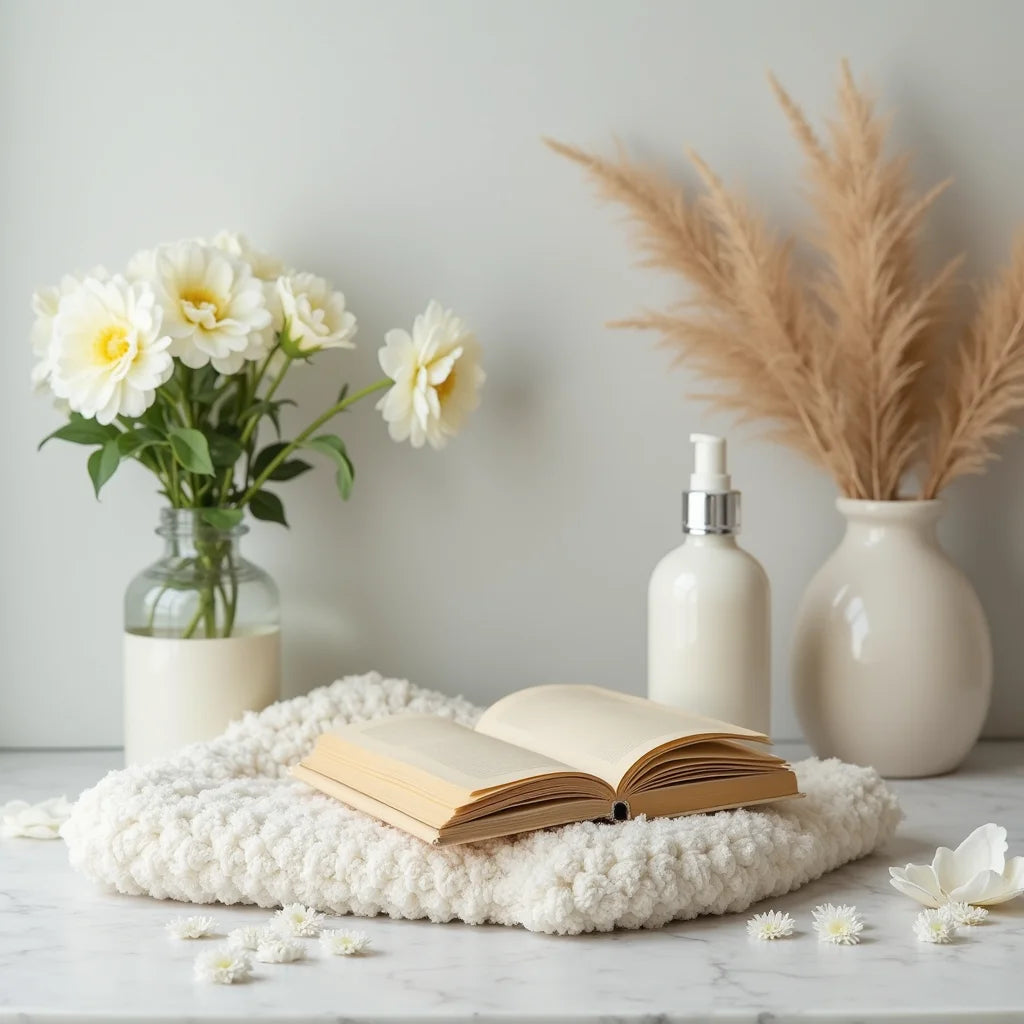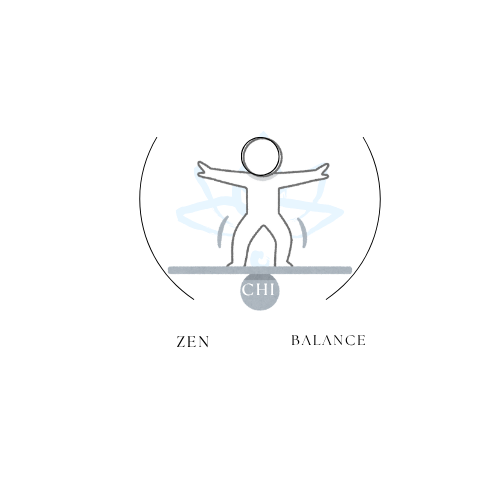
Self Care Rituals for Busy Minds, Made Simple and Lasting
Share
Updated on: 2025-10-22
- Common mistakes with self-care rituals
- Buyer’s checklist for self-care rituals tools and resources
- FAQ: self-care rituals, routines, and mindfulness
- Wrap-up: gentle final thoughts on self-care rituals
Self-care rituals can feel like steady anchors in a busy day. When you shape them with care, they become self-care routines and self-care practices that are simple, personal, and kind. This article offers a clear way to weave the main idea—self-care rituals—into your everyday life. You will find ways to adapt wellness habits and mindfulness exercises to your time and preferences. Whether you want a short pause between meetings, a calming moment before bed, or a small routine that supports your goals, you might discover a gentle path that feels right for you. If you prefer to explore supportive resources, you may also visit the home page for additional ideas.
Common mistakes with self-care rituals
It can be helpful to notice a few common missteps so your self-care rituals remain flexible and enjoyable.
- Setting rigid rules. When a ritual becomes too strict, it can add pressure. A light touch helps your practice stay sustainable.
- Trying too many changes at once. Starting with several new wellness habits at the same time may feel heavy. One small step often works better.
- Measuring only outcomes. It may feel tempting to track results right away. Focusing on the process can make your ritual more pleasant.
- Skipping cues and reminders. Without a gentle cue—a time, place, or object—rituals can fade. A simple reminder supports consistency.
- Ignoring your energy levels. Forcing a demanding practice when energy is low can be discouraging. Adapting the length or intensity is often kinder.
- All-or-nothing thinking. If a busy day interrupts your plan, a shorter version still counts. Your effort can be enough for today.
- Choosing tools you will not use. Beautiful items can be motivating, yet practicality matters most. Select tools that fit your space and routine.
Buyer’s checklist for self-care rituals tools and resources
While self-care rituals can be free and simple, some supportive items may ease your practice. If you decide to bring in a tool or resource, the following checklist may help you choose thoughtfully.
- Clarity of purpose. Decide what you want from the ritual—calm, focus, grounding, or a gentle pause. Let the purpose guide your choices.
- Time fit. Look for items that suit 5–15 minute windows so your ritual can unfold even on busy days.
- Comfort and accessibility. Soft textures, easy storage, and a setup that takes less than a minute can support consistency.
- Multi-use value. Favor items that work across several self-care practices—journaling, stretching, or breathing.
- Space awareness. If space is limited, choose compact tools or digital options that travel well.
- Sensory support. Gentle lighting, calm sounds, or a cozy mug may add warmth to your ritual.
- Ease of maintenance. Tools that are simple to clean and store can remove friction.
- Budget comfort. A modest, well-chosen item often serves better than an expensive tool that does not fit your routine.
- Reliable source. Explore pages that describe materials, care, and usage. If helpful, you can learn more about the brand’s approach on the about page.
- Alignment with your values. Select items that match your sense of care and simplicity.
If you are browsing for items that support your ritual, you might find helpful options on the all products page, or you can read reflective guidance on the blog for more perspectives on gentle routines.
How to build a 10-minute self-care ritual
Here is a simple, step-by-step approach you may adapt to your schedule and goals. It is designed to be easy to start and pleasant to continue.
- Choose a quiet cue (1 minute). Pick a regular moment—after waking, before lunch, or right before bed. A steady cue helps your self-care routines stick with less effort.
- Set the scene (1 minute). Sit or stand in a comfortable spot. If you like, dim lights or play gentle sounds. Keep one small item nearby, such as a journal or cushion.
- Breathe softly (2 minutes). Inhale through the nose, exhale slowly through the mouth. Count to four on the inhale and six on the exhale, or choose a rhythm that feels natural.
- Mindful check-in (3 minutes). Notice three things you can see, two things you can feel, and one thing you can hear. This light mindfulness exercise invites calm attention.
- Tiny action for your goal (2 minutes). Select one small step: write one line in a journal, stretch your shoulders, or sip a glass of water with care.
- Gentle close (1 minute). Thank yourself for showing up. Set a simple intention for your next session.
As you refine these self-care practices, feel free to shorten or extend parts. You might also keep a small note card with your steps, so the ritual remains easy to follow.
Checklist: daily self-care rituals for mental health
These ideas are intended to support clarity and steadiness in simple, approachable ways.
- One-breath pause. Take one slow breath before you open a message or start a task.
- Micro-journaling. Write one sentence that names a feeling or a small win.
- Light movement. Roll your shoulders, unclench your jaw, or stand for a moment to reset posture.
- Mindfulness exercises. Try a 60-second body scan or focus on sounds for a short pause.
- Device boundary. Keep one place—like the dining table—free of screens for a few minutes each day.
- Kind self-talk. Replace a harsh thought with a gentle one: “I am doing the best I can today.”
Nighttime self-care rituals for better sleep
A calm evening pattern can help you wind down. Consider the options below, and adjust according to your preferences.
- Soft lighting. Dim lights 20–30 minutes before bed to ease the transition.
- Two-minute tidy. Clear a surface or place items for tomorrow in a small tray. It can feel reassuring.
- Gentle stretch. A slow neck or back stretch may release the day’s tension.
- Warm beverage. Sip water or a non-caffeinated drink with mindful attention.
- Reflection note. Write one line about what you appreciated today.
- Quiet cue. End with a soft sound, a few deep breaths, or a brief reading.
If you prefer curated tools for a calm corner, the home page may offer a helpful starting point to explore.
FAQ: self-care rituals, routines, and mindfulness
What are some simple self-care rituals I can do every day?
It may help to start with short, repeatable steps. A three-minute breathing pause, one sentence of journaling, a gentle stretch, or a short walk can serve well. You can also add a small sensory cue, such as soft light or calming sounds, to mark the moment. The key is to keep it easy, so your self-care routines feel natural rather than forced.
How do I create a self-care ritual that fits my schedule and goals?
Begin with a clear purpose—perhaps you want to feel grounded before work or soften your evening. Pick a regular cue that already exists in your day, like after coffee or before brushing your teeth. Then choose one or two steps you can complete in five to ten minutes. Over time, adjust the length and elements to match your energy. If you would like more ideas and stories, you can browse the blog for gentle guidance.
What is the difference between self-care rituals and self-care routines?
The words often overlap. Many people use “routines” to describe a series of steps done on a schedule, while “rituals” highlight intention and attention during the steps. You might think of self-care practices as the broader category. You are welcome to use the term that feels most supportive to you.
Do I need special tools to start?
Not at all. A quiet corner and a simple plan are enough. Some people enjoy adding tools if they make the experience smoother—a journal, a soft cushion, or a calming timer can help. When you consider an item, check that it fits your space, your budget, and your style. If you decide to browse, the all products page may be a useful place to start.
Wrap-up: gentle final thoughts on self-care rituals
Self-care rituals do not need to be long or complex to matter. A few minutes of intentional breathing, a mindful check-in, or a short note in a journal can create a steady rhythm of care. When you choose steps that match your schedule and energy, self-care practices feel supportive rather than demanding. If you are curious to learn more or explore resources, you may visit the about page or browse recent reflections on the blog. Your routine can be as simple as a breath and as personal as a quiet moment that feels like yours.

I'm a passionate curator at Zen Chi Balance, dedicated to spreading calm, harmony, and mindful living through faith-inspired lifestyle products. I help craft meaningful experiences for our global community of mindful shoppers.
The content provided is for informational and inspirational purposes only. It is intended to encourage personal growth, mindfulness, and balance in daily life. Zen Chi Balance does not provide medical, legal, or professional advice. For specific concerns or guidance, please consult a qualified professional. Visit us at www.zenchibalance.com for more inspiration and resources.
